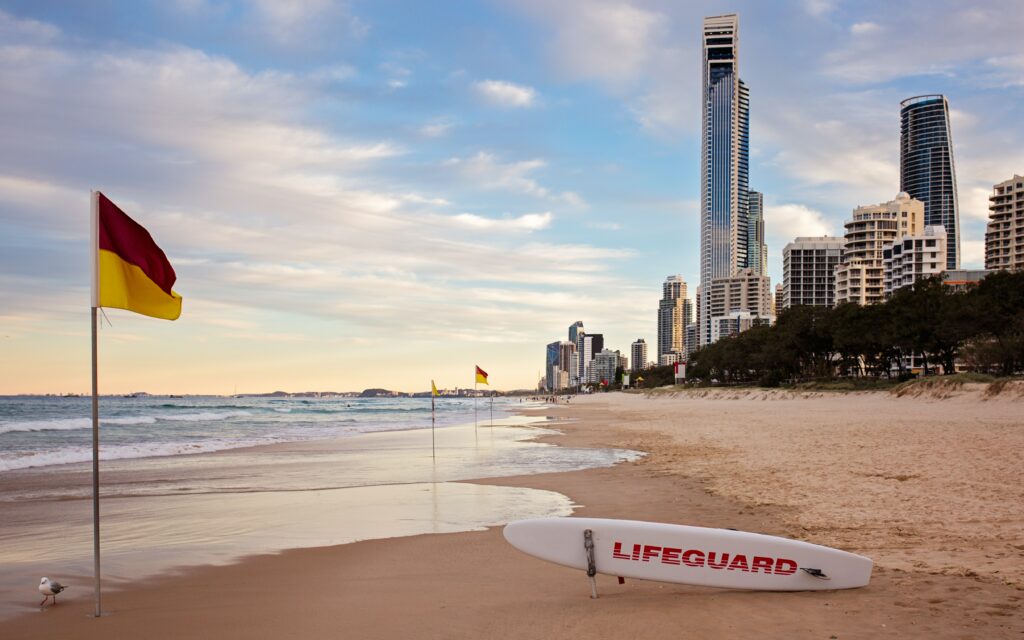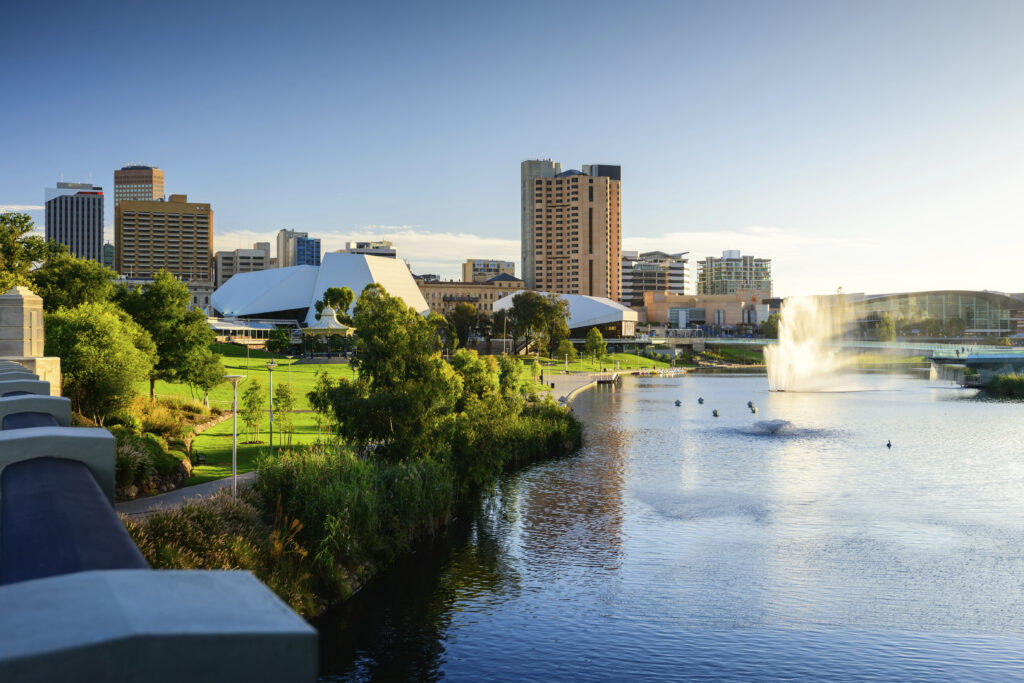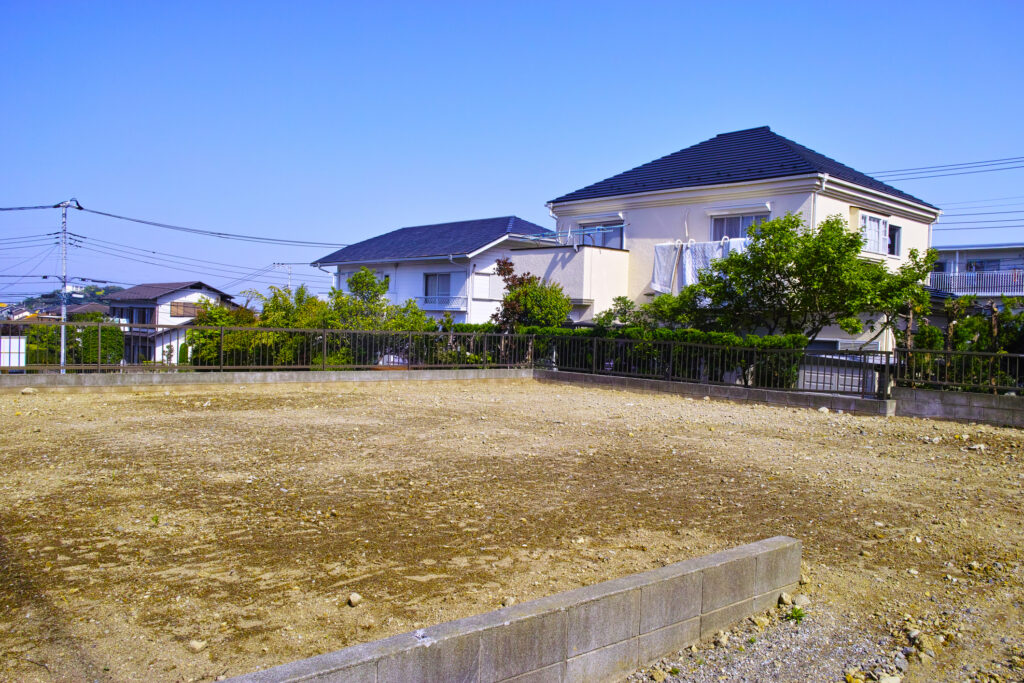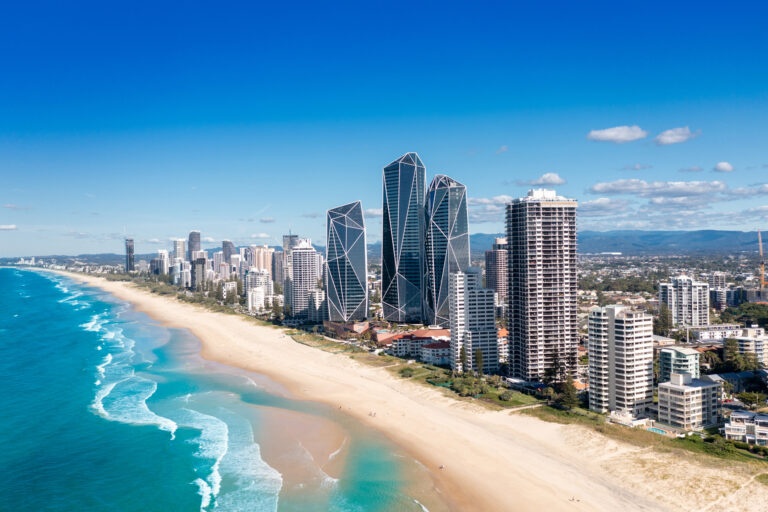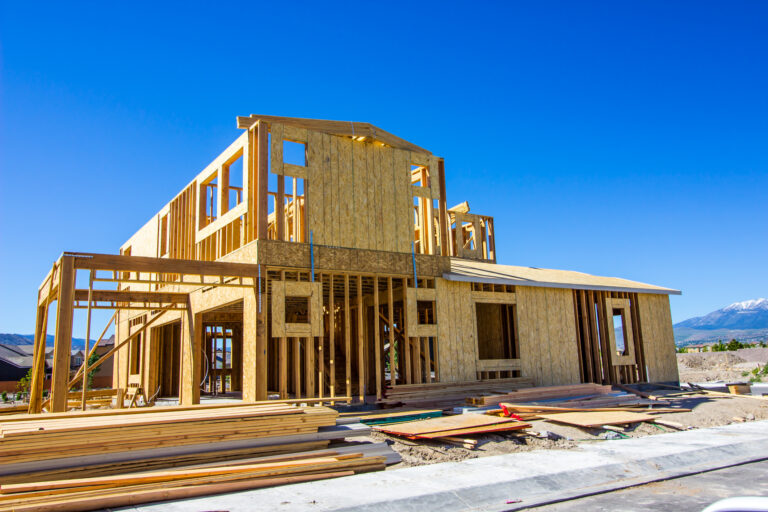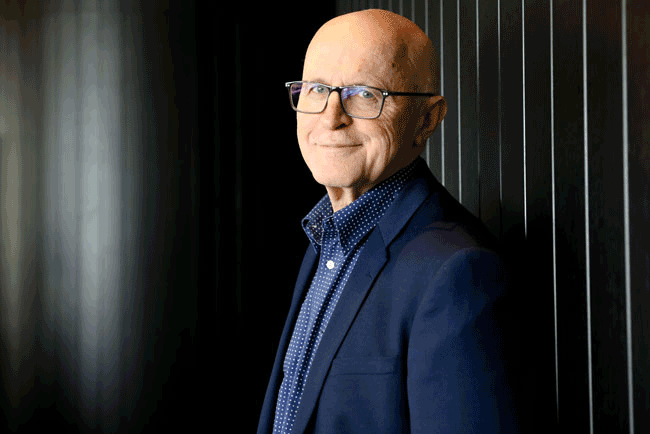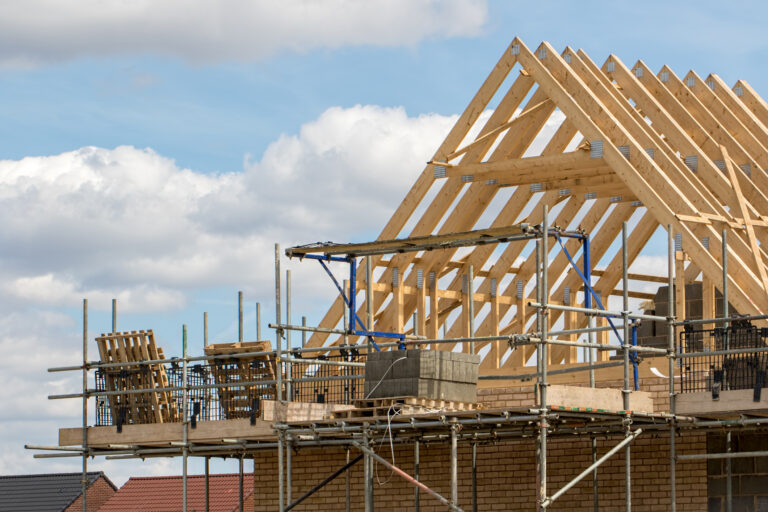This Week in Real Estate – 4th June 2022

$10mil Keeps Beaches Healthy
Ratepayers are outlaying $10 million a year on maintaining the city’s beaches but it is paying off with a positive report card on the health of Gold Coast’s biggest tourism asset.
Despite poor weather including torrential rain and cyclonic winds, 19 of 23 beach “compartments” are ‘on track’ with those sections of foreshore having enough sand to beat future erosion events.
According to the Gold Coast Bulletin, a report card presented to Gold Coast councillors says four beaches – The Spit North, The Spit South, Main Beach and Kirra – still require attention.
The beaches have suffered erosion and reduced water quality as a result of continuing heavy rainfall and flooding.
It says from Narrowneck to The Spit, about 350,000 cubic metres of additional sand was dumped offshore from June to December 2021 to boost the northern beaches in the coming years.
Mayor Tom Tate says that the beaches are a tourism drawcard for the Gold Coast and help contribute about $3.6 billion in annual revenue.
Smaller Cities Lead May Price Growth
The smaller capital cities and regional markets continue to lead price growth in residential markets, according to data from two research companies.
SQM Research records 1.6% growth nationwide in house prices in May, with Brisbane, Adelaide, Canberra and Hobart all recording increases above 2% during the month.
SQM says house prices have grown 18.9% nationally and 16.9% in the combined capital cities in the 12 months to 31 May.
CoreLogic says house prices have grown 15.6% in the past 12 months nationally but 22.4% in the Combined Regional areas. Its 1 June Home Value Index records monthly rises in Brisbane, Adelaide, Perth, Hobart and Darwin, as well as all seven state regional markets, with Adelaide leading with an increase of 1.9%.
CoreLogic records declines of 1.1% in Sydney and 0.8% in Melbourne in May, while SQM says Sydney prices recorded no change in May while Melbourne fell 0.4%.
The figures highlight the data differences from alternative sources and the dominance of the smaller cities and regions.
New Homes Taking Longer To Build
Labour and materials shortages continue to blow out the time it takes to build a new home in Australia.
Reserve Bank assistant governor Luci Ellis told the Urban Development Institute of Australia the average time to build a home was now nine months instead of six months.
She does not expect the pressure to easy any time soon as builders are dealing with a backlog of projects but says that ultimately it will work itself out.
“Exactly when that will happen is hard to know. But when it does, we can expect some of the current rate of cost escalation and squeeze on margins to ease,” she says.
ABS figures show residential construction costs increased by 10% in the year to March.
Max Shifman of Intrapac Property says builders are experiencing continued delays.
“I’d say if you are looking to build a new home now, you are looking at over 12 months before builders are able to start work,” Shifman says.
